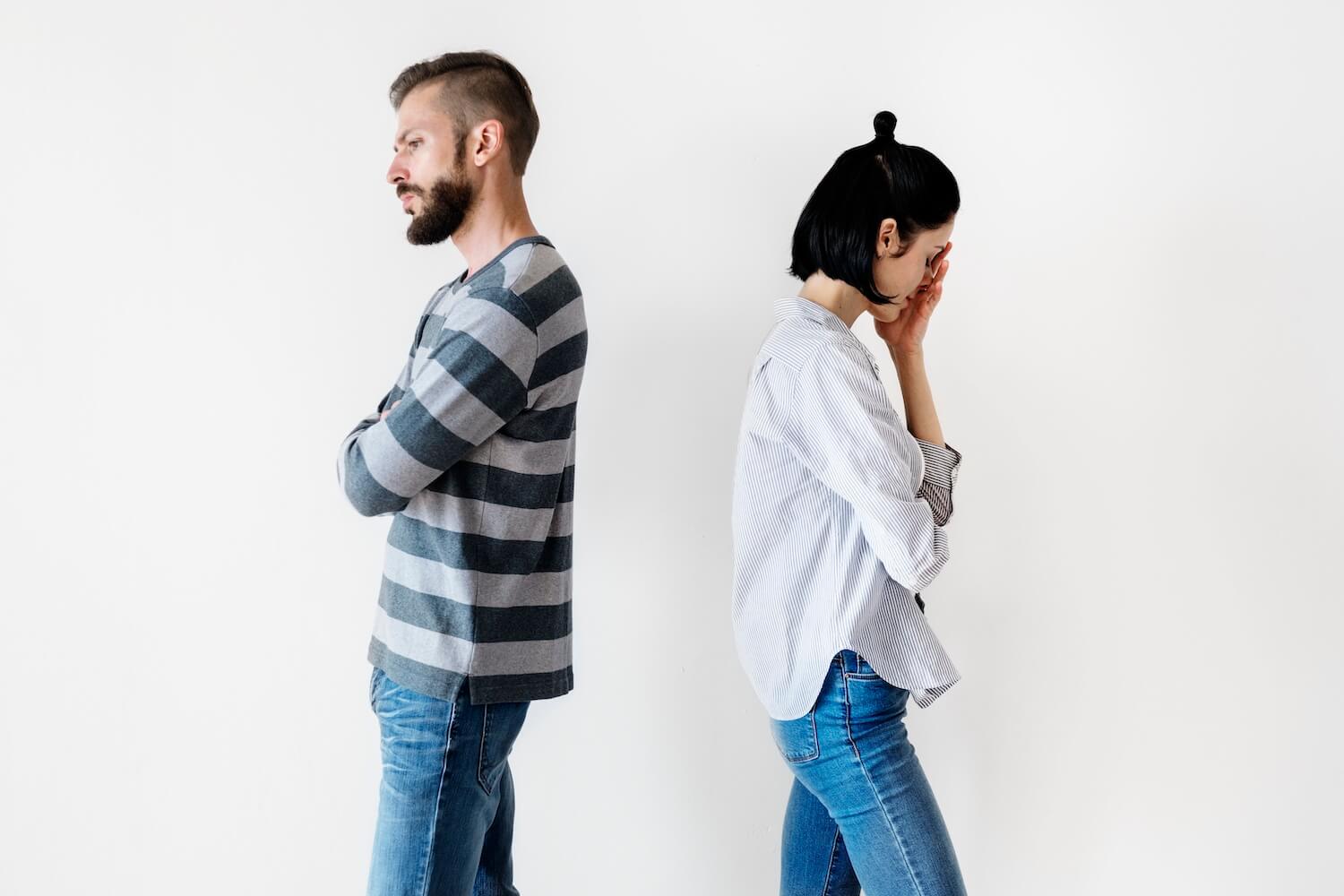Before Amy and I left for our vacation last month, we made a promise to each other: we would do our best not to argue—and if we did, we’d recover and repair quickly and intentionally.
I’m happy to report, we kept our word! 🧳🌍 Traveling for over three weeks and to several countries, there was a lot of hustle and bustle and we had a few minor bumps (as any couple would), but we stayed committed to our agreement. On the flight home, I asked Amy what her favorite part of the trip was. Her answer? Spending time with me. 😊
Now, this is growth for us.
We haven’t always kept ourselves accountable to managing our own emotions. For many years we both blamed the other for being the cause of our uncomfortable feelings. Each expected the other person to change in the way we wanted them to for us to feel better. Spoiler: that only led to a LOT of unresolved conflict.
However, once we learned about attachment styles we were able to see we both played a part in the conflict cycle. When two attachment styles join in a relationship, it creates a core pattern for relating, and every couple has one. Our attachment style is developed by our lessons on love, trust, and connection from our family of origin. So, a relationship is in essence, two histories colliding.
Having differences isn’t the problem, and healthy relationships are not necessarily those that don’t have disagreements. Disagreement can show a comfort with expressing and exploring differences. It’s how we express and handle our differences that matter.
If we learned emotionally healthy and secure lessons on regulating our emotions, requesting for our needs, and self-soothing, then we will manage differences well.
If we didn’t, we’ll either suppress our emotions and run away from conflict like the Avoider, appease others to make the conflict go away like the Pleaser and Victim, or pursue with complaints and rigidness like the Vacillator and the Controller.
Growth happens on purpose! That’s why Amy and I anticipated and planned ahead. By owning our emotional triggers from our attachment injuries, we were able to take accountability for managing our own emotions and reactivity, regardless of what the other did. This is where real healing begins.
Even if you’re someone that goes quiet to “keep the peace,” that’s still a role in the conflict cycle. There’s a big difference between being a peacekeeper and a peacemaker. One avoids tension by giving in; the other builds trust through establishing healthy boundaries for everyone to feel secure.
Your growth may involve learning to speak up for yourself—even if it means enduring displeasure from the other person—while also inviting them to discuss differences in healthy and respectful ways.
Ready to Own Your Role and Grow?
🙌 Thank You for Growing with Us
Thanks for being part of the How We Love community.
Keep learning, keep loving, and keep growing together.
With love and blessings,
Marc & Amy
Milan & Kay



